Sikkim, nestled in the shadow of the Eastern Himalayas, is not only home to tranquil monasteries and ancient temples—it is also the land of vibrant spiritual festivals that reflect its deeply rooted religious harmony. This tiny state Amidst the Himalayas celebrates both Buddhist and Hindu traditions with unmatched fervor, creating a unique cultural tapestry where ritual, faith, and community converge.
The festivals of Sikkim are not just events—they are deeply spiritual expressions of gratitude, reverence, and cultural identity. From masked Cham dances performed in monasteries to sacred water rituals observed by monks and locals alike, Sikkim offers a spiritual rhythm that pulses through its mountains, valleys, and hearts of its people.
In this article, we’ll explore the most important, vibrant spiritual festivals and religious rituals in Sikkim, their significance, when and where to witness them, and how they continue to shape the sacred identity of this Himalayan state.
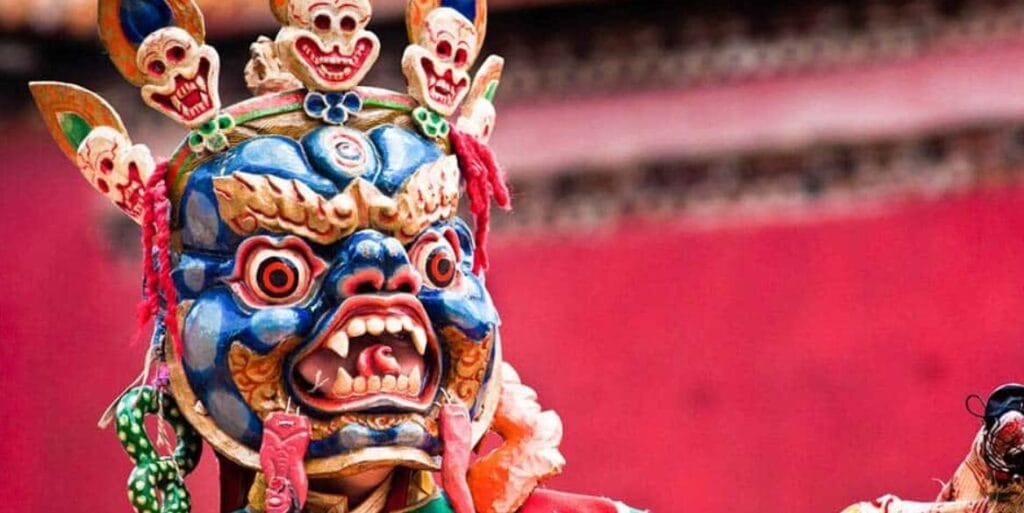
Losar – Tibetan New Year on The Land of Vibrant Spiritual Festivals
Losar is the Tibetan New Year and one of the most vibrant Buddhist festivals in Sikkim. It marks the beginning of the lunar calendar and is celebrated with prayer ceremonies, family gatherings, traditional food, and Cham dances performed by monks in elaborate costumes.
- Religion: Buddhism (Tibetan)
- Celebrated in: Rumtek Monastery, Enchey Monastery, Lingdum Monastery, and across Tibetan communities
- Best Time to Visit: February or March (depends on lunar calendar)
- Highlights:
- Ritual offerings at monasteries to appease deities
- Burning of incense and prayer flags for good fortune
- Delicious Tibetan foods like Khapse, Guthuk, and Thukpa
Bhumchu Festival – The Sacred Water Ceremony
The Bhumchu Festival is one of the holiest Buddhist rituals in Sikkim, centered around a sacred vase containing water believed to have divine qualities. Monks open the vase annually and interpret the water level as a prediction for the coming year’s prosperity and peace.
- Religion: Buddhism
- Celebrated at: Tashiding Monastery, West Sikkim
- Best Time to Visit: February or March
- Significance:
- “Bhum” means vase and “Chu” means water in Tibetan.
- Believers travel from across the region to receive a drop of holy water.
Travel Tip: Arrive early in the morning to witness the sacred ritual; accommodation in Tashiding is limited so book in advance.
- Best Places to Visit in Lachen: A Complete Travel Guide to North Sikkim’s Hidden Gem
- Exploring the Sacred Temples and Monasteries of Sikkim: A Spiritual Journey Through the Himalayas
- Unveiling Sikkim’s Hidden Gems: 15 Offbeat Destinations for the Curious Traveler
- Exploring Gangtok : The Vibrant Capital of Sikkim
- Exploring Sikkim in 2025: Best Tourist Destinations, Food, Culture & Adventure in the Himalayas
Pang Lhabsol – Festival Honoring Mt. Kanchenjunga
Unique to Sikkim The Land of Vibrant Spiritual Festivals, Pang Lhabsol is a ceremonial festival that pays homage to Mount Kanchenjunga of the Himalayas, regarded as the guardian deity of the state. It commemorates the historic blood-bond treaty of unity between the Lepchas and Bhutias.
- Religion: Buddhism (Indigenous Sikkimese belief)
- Celebrated at: Rabong Monastery (Ravangla), Pemayangtse Monastery, and Gangtok
- Best Time to Visit: August or September
- Rituals and Highlights:
- Vibrant Chaam dances representing deities and guardian spirits
- Warriors perform masked performances on monastery grounds
- Monks recite ancient texts related to unity and protection
Cultural Insight: This festival symbolizes harmony and protection for the land and its people.
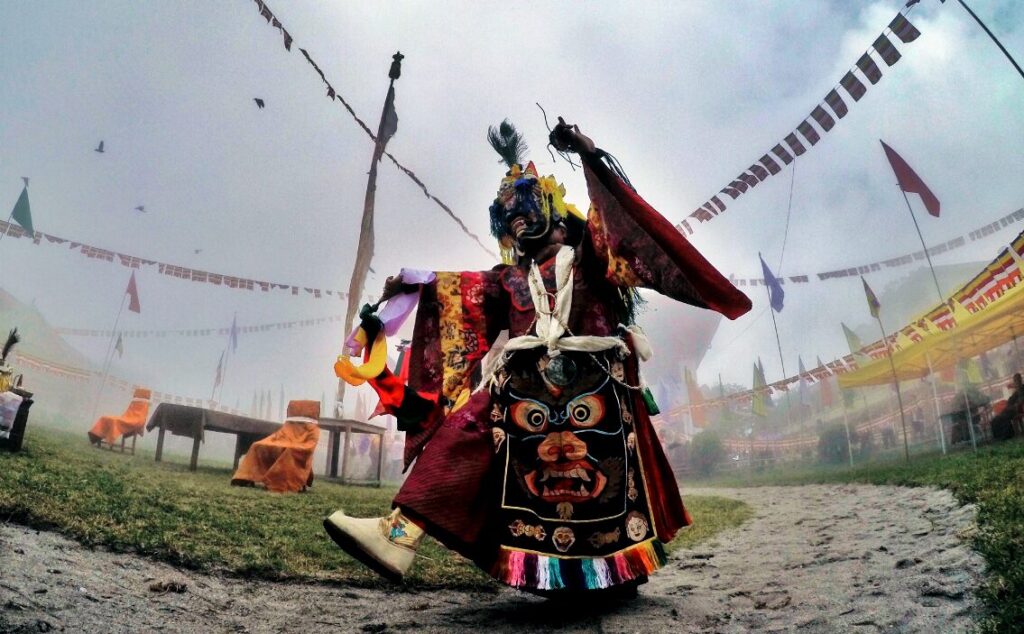
Saga Dawa – Celebrating Buddha’s Life
Saga Dawa marks the birth, enlightenment, and death of Lord Buddha—a triple sacred event for Buddhists of the The Land of Vibrant Spiritual Festivals. Devotees walk around monasteries and sacred stupas with butter lamps and prayer flags, chanting mantras.
- Religion: Buddhism
- Celebrated at: Rumtek Monastery, Enchey Monastery, and all major monasteries
- Best Time to Visit: May or June (Full moon day of 4th Tibetan month)
- Festival Activities:
- Pilgrimages and circumambulation (kora) around stupas
- Butter lamp offerings and release of animals as acts of compassion
- Donation of food, money, and clothes as acts of merit
Photography Tip: The illuminated prayer wheels and fluttering flags during evening prayers are magical to capture.
Maghe Sankranti – Hindu Festival of Purification
Maghe Sankranti is one of the most important Hindu festivals in Sikkim, dedicated to Lord Shiva. Devotees take a holy dip in the Rangeet River and pray for purification and renewal of the soul.
- Religion: Hinduism
- Celebrated at: Kirateshwar Mahadev Temple in Legship
- Best Time to Visit: January 14th
- Key Rituals:
- River bathing ritual at dawn
- Worship of Lord Shiva and distribution of prasad
- Cultural performances and religious discourse in temple grounds
Local Insight: The Kirateshwar temple sees thousands of visitors during this festival and is believed to be linked to Arjuna’s penance from the Mahabharata.

Tendong Lho Rum Faat – Lepcha Festival of Gratitude & Vibrant Spiritual Festivals
A deeply spiritual and cultural event, Tendong Lho Rum Faat is a thanksgiving festival by the Lepcha community, honoring Mount Tendong of the Himalayas for saving their ancestors from a great flood.
- Religion: Indigenous Lepcha belief
- Celebrated in: Namchi and Tendong Hill (South Sikkim)
- Best Time to Visit: August
- Cultural Significance:
- Traditional songs and dances narrating the flood legend
- Ritual trek to Tendong Hill and offering prayers
- Lepcha storytelling sessions and folklore displays
Travel Tip: Join a local guide to participate in the hill pilgrimage and understand the symbolic rituals.
Drupka Teshi – Celebrating Buddha’s Teaching
Drupka Teshi commemorates the day when Lord Buddha delivered his first sermon after enlightenment, spreading the Dharma (teachings). Monks perform special prayers, and devotees gather for blessings.
- Religion: Buddhism
- Celebrated at: Rumtek Monastery, Enchey Monastery, and other monasteries across Sikkim
- Best Time to Visit: 10th day of the 3rd Tibetan month (usually April or May)
- Key Highlights:
- Ritual prayers and chanting of Buddhist scriptures
- Lighting of butter lamps to invoke wisdom and compassion
- Public teachings and sermons at monasteries
Lhabab Düchen – Buddha’s Return to Earth
This festival marks the Buddha’s descent from heaven to Earth after teaching his mother. It is celebrated with vibrant prayer ceremonies and community feasts.
- Religion: Buddhism
- Celebrated at: Major monasteries including Rumtek and Pemayangtse
- Best Time to Visit: 22nd day of the 9th Tibetan month (usually November)
- Traditions:
- Large congregations gather for collective prayers
- Offering of food and donations to monks
- Monastic debates and cultural programs
Ram Navami and Janmashtami – Hindu Celebrations in Sikkim
In The Land of Vibrant Spiritual Festivals Amidst the Himalayas, Sikkim’s Hindu community celebrates Ram Navami and Janmashtami with great devotion. Temples are beautifully decorated, and devotional singing (bhajans) fills the air during these sacred occasions. Plays depicting divine stories of Lord Rama and Krishna are also performed with heartfelt reverence.
- Religion: Hinduism
- Celebrated at: Thakurbari Temple (Gangtok) and various Hindu temples
- Best Time to Visit: March-April (Ram Navami), August (Janmashtami)
- Festival Features:
- Colorful processions and enactments of episodes from the Ramayana and Bhagavad Gita
- Fasting and feasting among devotees
- Special pujas and rituals conducted by priests
Ganga Dussehra – Purification and Blessings
This festival honors the descent of the sacred river Ganges from heaven to Earth. Devotees take ritual baths in rivers and offer prayers for purification and blessings.
- Religion: Hinduism
- Celebrated at: Temples near rivers and holy water bodies, including Siddheshwar Dham
- Best Time to Visit: May-June
- Local Practices:
- Ritual bathing in the Rangeet or Teesta rivers
- Distribution of holy water to devotees
- Religious gatherings and storytelling about Ganga mythology
Butter Lamp Offerings and Morning Prayers in Monasteries of The Land of Vibrant Spiritual Festivals
Beyond large festivals, daily rituals in Sikkim’s monasteries offer a window into its spiritual life:
- Morning Prayers: Monks chant sutras and perform rituals at dawn, inviting peace and protection for the day. Visitors are welcome to observe quietly.
- Butter Lamp Offerings: Lighting butter lamps symbolizes the dispelling of darkness and ignorance. Many pilgrims offer lamps for blessings and wish fulfillment.
- Monastic Debates: Some monasteries, like Rumtek, hold formal debate sessions which are a traditional form of learning and spiritual sharpening.
Travel Tips for Experiencing Spiritual Festivals in Sikkim
- Plan Ahead: Many festivals draw large crowds, so book accommodations well in advance.
- Respect Dress Codes: Modest clothing is essential, especially in sacred places. Avoid loud colors during rituals.
- Follow Local Customs: Always ask before taking photos, especially during rituals and dances.
- Carry Essentials: Festivals in mountainous areas can be cold; bring warm clothes and water.
- Be Mindful of Permits: Some border area festivals may require an Inner Line Permit (ILP).
Sikkim, truly the Land of Vibrant Spiritual Festivals Amidst the Himalayas, offers more than scenic beauty—it is a living tapestry of faith, tradition, and celebration. From the rhythmic Cham dances in ancient monasteries to grand Hindu temple rituals, each festival reveals the state’s deep spiritual roots. These sacred events are not only cultural highlights but also powerful expressions of harmony and devotion, inviting every visitor to experience the soul of Sikkim.
- Best Places to Visit in Lachen: A Complete Travel Guide to North Sikkim’s Hidden Gem
- Exploring the Sacred Temples and Monasteries of Sikkim: A Spiritual Journey Through the Himalayas
- Unveiling Sikkim’s Hidden Gems: 15 Offbeat Destinations for the Curious Traveler
- Exploring Gangtok : The Vibrant Capital of Sikkim
- Exploring Sikkim in 2025: Best Tourist Destinations, Food, Culture & Adventure in the Himalayas

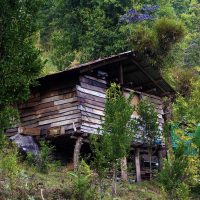
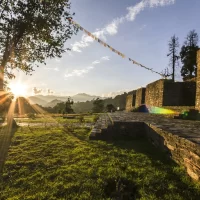
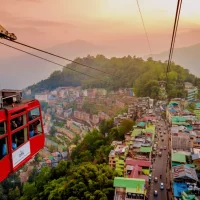
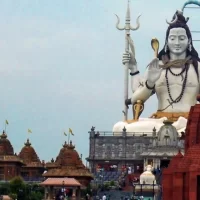

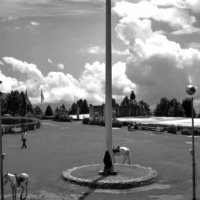

Leave a Reply